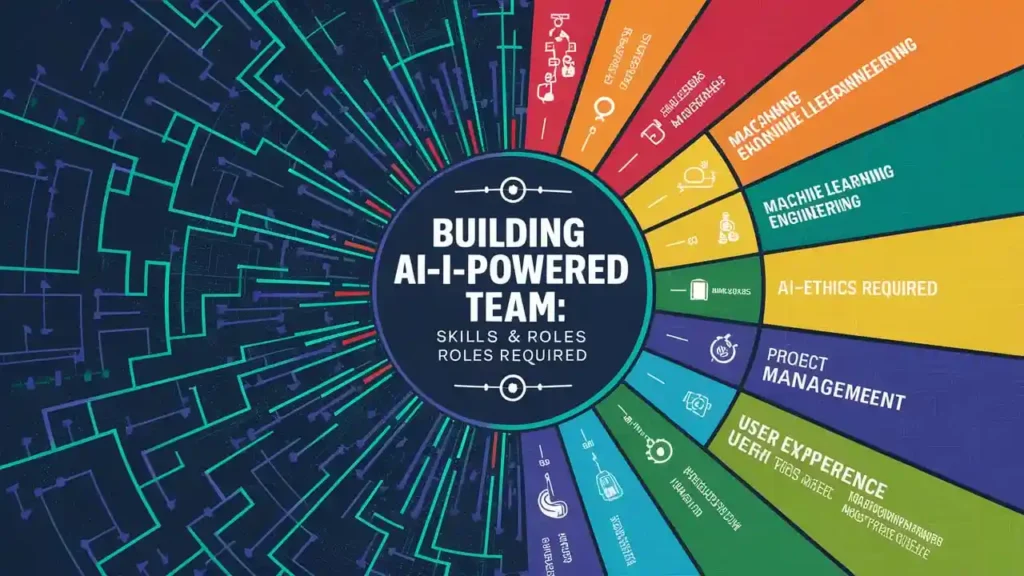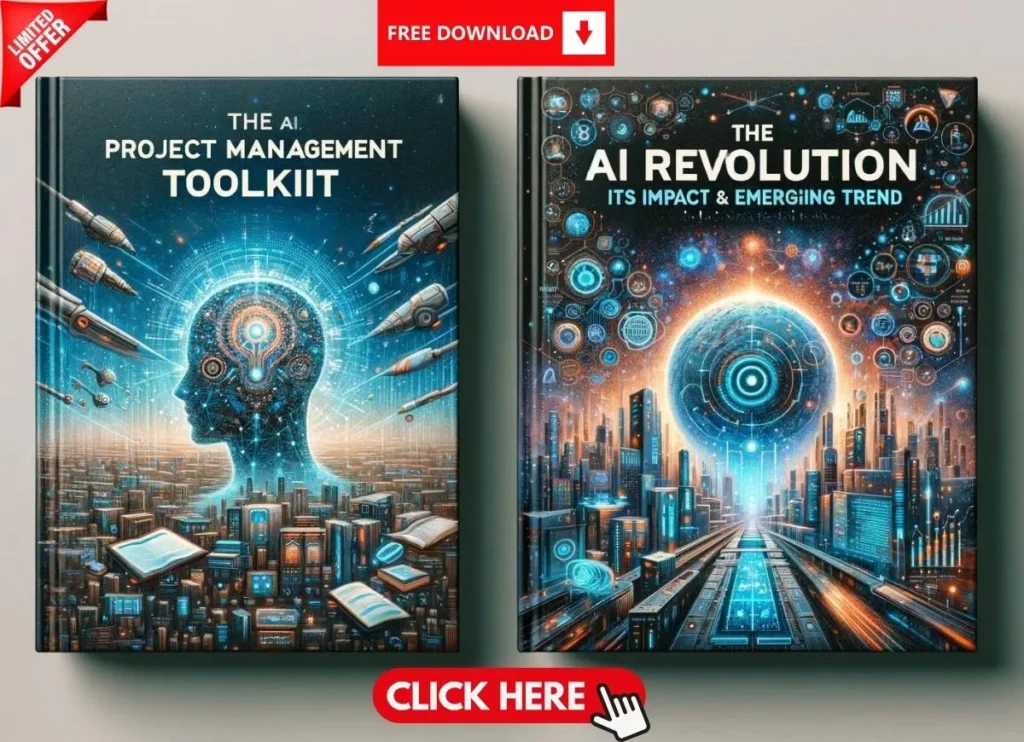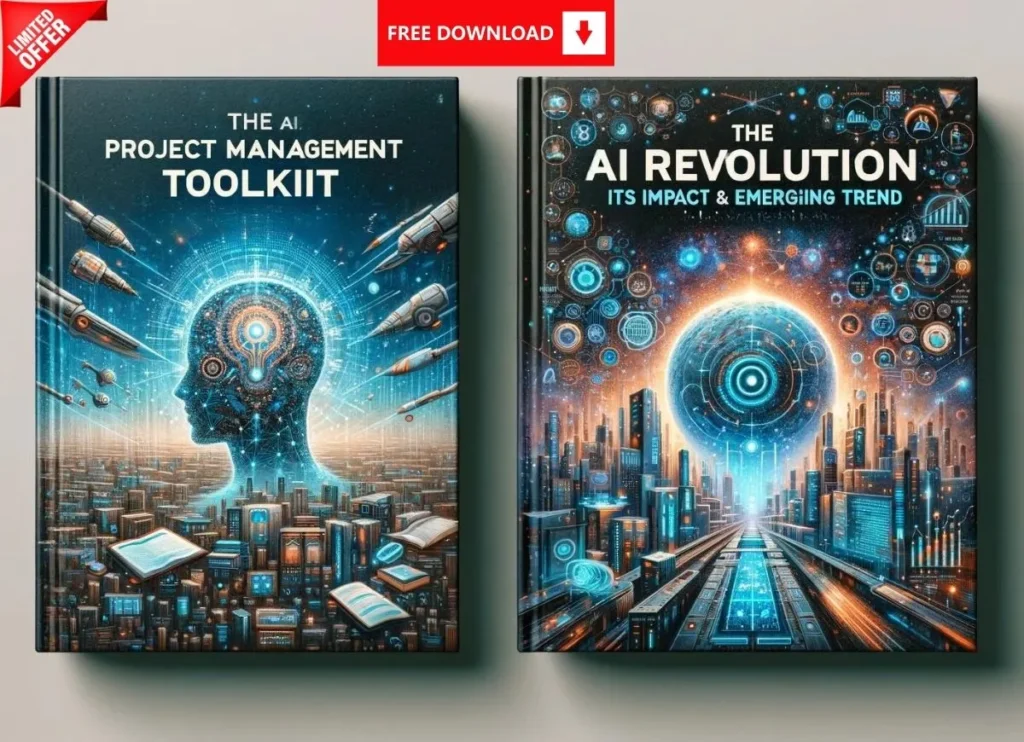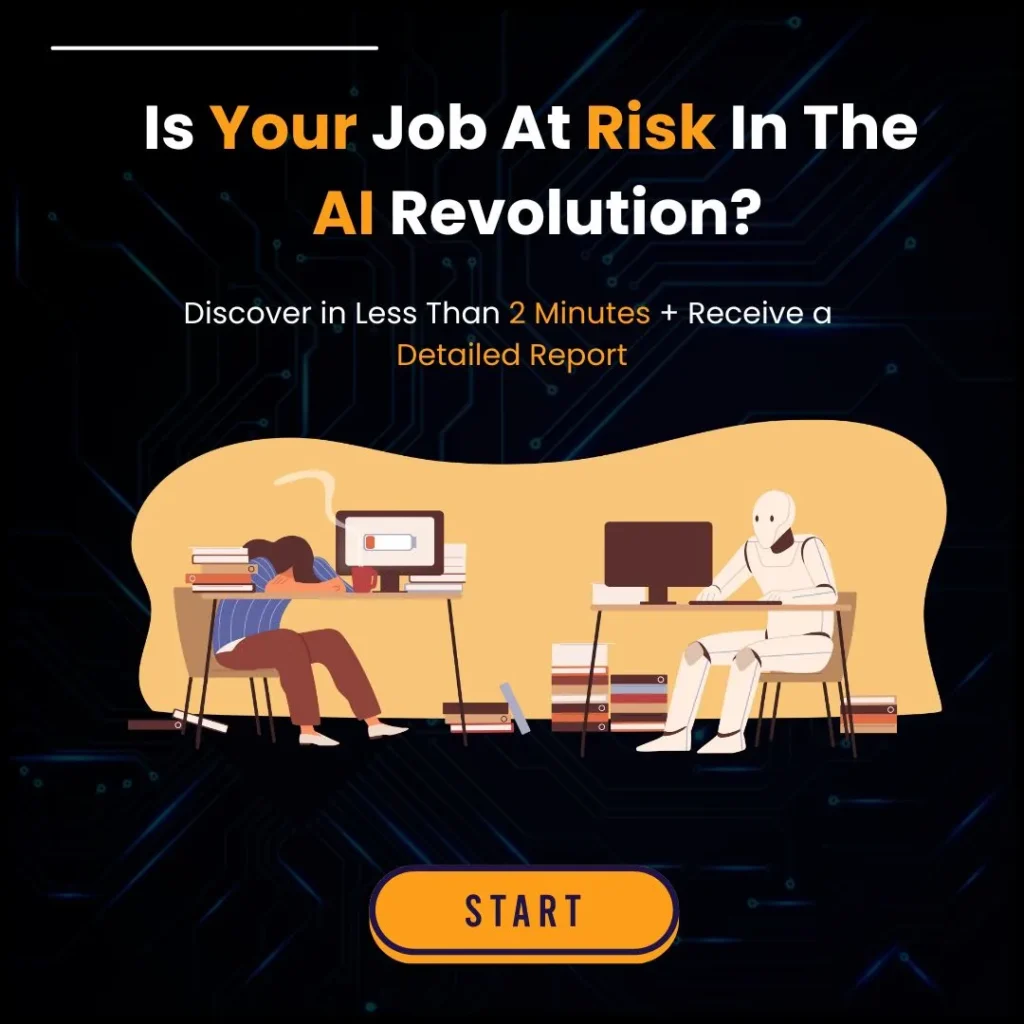1. Introduction
As artificial intelligence (AI) technologies continue to reshape our world, companies across industries are scrambling to harness the power of data-driven insights, automation, and machine learning. But success with AI rarely hinges on technology alone; it depends on Building an AI-powered Team equipped with the right expertise, AI roles and responsibilities, and the soft skills needed for truly collaborative innovation.
In this in-depth guide, we’ll explore the critical question: What skills are necessary for an AI-powered team? We’ll identify the key roles needed in an AI-driven organization, underscore best practices for assembling an AI team, and provide tangible steps for leaders looking to cultivate or expand their AI workforce. Along the way, we’ll examine why synergy and coordination matter just as much as technical proficiency, and how project managers (PMs) can serve as vital orchestrators of AI success.
2. Why AI-Powered Teams Matter
Today’s top-performing organizations use AI for everything from personalized customer experiences and predictive maintenance to advanced analytics and supply chain optimization. Yet, many AI initiatives fail to get past the pilot phase. Often, the culprit is not the algorithm’s inadequacy, but a flawed or incomplete AI project team.
AI-Powered Teams stand at the nexus of business intelligence, big data, and innovation. Properly organized teams translate AI’s potential into measurable outcomes that can transform processes and reinvent products. Here’s why having well-defined skills for AI projects is so crucial:
- Complexity of AI Technologies: AI systems go beyond standard software implementations. They involve data wrangling, model training, iterative testing, and continuous refinement—all requiring diverse skill sets.
- Rapidly Evolving Landscape: AI advances at a breakneck pace, meaning organizations must be adaptive and keep their workforce’s expertise up to date.
- Cross-Functional Demands: AI touches nearly every organizational function (marketing, R&D, finance, operations). The team must coordinate with various departments, each with different priorities and constraints.
- High Stakes: From competitive advantage to ethical concerns, how AI is deployed can have profound organizational (and societal) impacts. Skilled professionals can mitigate risks and maximize benefits.
Ultimately, building AI teams involves more than hiring a few data scientists. It requires a structured approach that identifies the right roles, cultivates a range of artificial intelligence skills, and ensures synergy among team members.
3. Understanding AI Roles and Responsibilities
No single job title can encapsulate the full spectrum of tasks required for a successful AI initiative. Rather, AI roles and responsibilities span technical, managerial, and domain-focused functions. Below are some of the most common positions you’ll find in a high-performing AI-powered team.
3.1 The AI Project Manager (PM)
A specialized AI Project Manager (or an AI-savvy PM) is crucial for building AI teams that remain on-time, on-budget, and aligned with business goals. Their responsibilities typically include:
- Scope and Planning: Defining project objectives, deliverables, and success metrics in conjunction with stakeholders.
- Resource Coordination: Ensuring data scientists, ML engineers, and other team members have the resources (tools, budgets, data) needed to succeed.
- Risk Management: Identifying risks such as scope creep, data security issues, or misalignment with organizational strategy—and mitigating them early.
- Stakeholder Communication: Serving as the liaison between technical teams and non-technical stakeholders to clarify progress and roadblocks.
3.2 Data Scientist
The Data Scientist plays a central role by extracting insights from large datasets and building initial models. Key tasks include:
- Data Exploration and Cleaning: Using Python, R, or specialized tools (like Dataiku) to parse and clean massive data sets.
- Statistical Analysis and Modeling: Applying statistics, machine learning algorithms, and predictive modeling to derive meaningful insights.
- Hypothesis Testing and Experimentation: Iterating experiments to evaluate the accuracy and feasibility of new algorithms or data sources.
- Communication of Insights: Translating technical findings into actionable business recommendations.
3.3 Machine Learning Engineer
While Data Scientists focus on explorations and proof of concepts, Machine Learning Engineers bridge the gap between experimental models and production environments:
- Model Deployment: Converting a well-tested model into a scalable, maintainable service or application.
- Software Engineering Practices: Writing clean, robust code that follows industry best practices (version control, continuous integration, etc.).
- Optimization and Performance: Fine-tuning algorithms and infrastructure for faster training, inference, and real-time responsiveness.
- Monitoring and Maintenance: Setting up alerts, dashboards, or microservices to track model performance and detect anomalies.
3.4 Data Engineer
A Data Engineer ensures that the right data is delivered to the right systems at the right time, making them indispensable to any AI project team:
- Data Pipeline Development: Constructing workflows that extract, transform, and load (ETL) data from various sources (databases, APIs, IoT devices).
- Storage and Infrastructure: Designing efficient data warehouses, data lakes, or cloud-based solutions using platforms like AWS, Azure, or GCP.
- Scalability and Reliability: Optimizing pipelines so they can handle massive data volumes without bottlenecks or downtimes.
- Integration: Working with cross-functional teams to ensure data is accessible and secure, aligning with compliance and data governance requirements.
3.5 AI Architect
The AI Architect takes a high-level approach to building frameworks and systems that support the entire AI lifecycle. Their scope involves:
- Technical Strategy: Determining the best mix of tools, frameworks, and cloud services (e.g., Hadoop, Spark, Kubernetes) for AI deployments.
- System Design: Creating overarching blueprints that align AI models with the existing IT infrastructure.
- Scalability and Reliability: Building architectures that handle surging data loads and complex real-time analytics.
- Governance and Security: Ensuring data privacy, encryption, and role-based access are baked into AI solutions.
3.6 Domain Experts (SMEs)
Domain experts—also called Subject Matter Experts (SMEs)—possess specialized knowledge of a particular industry or function (e.g., finance, healthcare, manufacturing). They:
- Data Labeling and Insights: Help interpret complex data, ensuring models capture relevant context.
- Regulatory Guidance: Advise on compliance and best practices specific to the field (like HIPAA for healthcare, or IFRS for finance).
- Model Validation: Evaluate outputs from a real-world perspective, spotting any illogical or biased results that purely technical roles might miss.
3.7 UX Designers & AI Product Owners
While often overlooked, UX Designers and AI Product Owners play a pivotal role in ensuring AI solutions are actually usable and aligned with business strategy:
- User Interface Design: Creating intuitive dashboards, visualizations, or app interfaces that present AI outputs in a user-friendly manner.
- User Testing & Feedback: Iterating product features based on user interactions, thus improving adoption and satisfaction.
- Strategic Roadmapping: Prioritizing features and ensuring consistent updates that align with evolving AI capabilities and business demands.
4. Essential Skills for Building an AI-Powered Team
Once you’ve outlined the core AI roles and responsibilities, the next step is identifying the artificial intelligence skills (both hard and soft) that team members need. Below are the essential skills for building an AI-powered team that thrives in any vertical.
4.1 Technical Proficiency
- Mathematics and Statistics: Foundational for modeling and interpreting algorithmic results.
- Programming Languages: Proficiency in Python, R, Java, or Scala for data manipulation, ML tasks, and backend development.
- Machine Learning Frameworks: Familiarity with TensorFlow, PyTorch, Scikit-learn, or other libraries that streamline the model-building process.
- Data Engineering Tools: Skills in SQL, NoSQL databases, and big data technologies like Spark or Hadoop.
- Cloud Services: Experience with AWS, Azure, or GCP for scalable computing, storage, and DevOps pipelines.
4.2 Business Acumen
- Domain Knowledge: Understanding industry-specific challenges, whether in e-commerce, automotive, healthcare, or finance.
- ROI-Focused Decision Making: Ability to tie AI initiatives to measurable business outcomes (cost reduction, revenue uplift, productivity gains).
- Project Prioritization: Evaluating which AI projects should take precedence based on potential impact, feasibility, and resource availability.
4.3 Communication and Collaboration
- Clear Reporting: Team members should communicate complex findings to non-technical stakeholders through presentations, dashboards, or storytelling.
- Cross-Team Coordination: Projects typically involve multiple departments—marketing, IT, operations—requiring strong collaborative skills.
- Conflict Resolution: Ability to handle disagreements over data usage, resource allocations, or timelines in a constructive manner.
4.4 Agile Mindset and Adaptability
- Iterative Learning: AI solutions often require repeated testing and fine-tuning, which calls for an embrace of iterative development cycles.
- Resilience to Failure: Some experiments and pilot models won’t work. Teams need the stamina to pivot, re-collect data, and try again.
- Continuous Learning: With AI libraries and best practices evolving rapidly, regular skill upgrades and knowledge sharing sessions are crucial.
4.5 Ethics and Governance Awareness
- Fairness and Bias Mitigation: Teams must know how to detect and correct algorithmic biases, ensuring equitable outcomes.
- Data Privacy and Compliance: Awareness of relevant regulations such as GDPR, CCPA, or industry-specific guidelines.
- Explainable AI (XAI): Understanding methods (like LIME, SHAP) to explain model predictions, boosting stakeholder trust.
5. How to Develop Skills for AI Team Members
Building and maintaining these skill sets is an ongoing process. Below are some strategies for how to develop skills for AI team members:
- In-House Training & Workshops
- Host weekly “lunch and learn” sessions or invite external experts for specialized workshops.
- Encourage employees to share newly acquired skills (e.g., on how they built a text-classification model).
- Online Courses & Certifications
- Platforms like Coursera, Udemy, and edX offer specialized tracks in AI, data science, and machine learning.
- Team members can also pursue advanced, role-specific certifications from major cloud providers (AWS, Azure, GCP).
- Cross-Functional Shadowing
- Allow data scientists to spend time with domain experts or product managers to gain business insights.
- Encourage ML engineers to collaborate with data engineers to optimize pipelines collectively.
- Mentorship Programs
- Pair junior hires with seasoned AI professionals to accelerate learning and knowledge transfer.
- Create an internal AI community or user group to facilitate ongoing skill development and idea exchange.
- Hackathons and Competitions
- Host internal hackathons to tackle real business challenges with new AI techniques.
- Participate in external competitions (Kaggle, data science meetups) to benchmark skills against industry peers.
Pro Tip: Best practices for assembling an AI team often stress the importance of a learning culture. If your organization encourages experimentation and knowledge sharing, employees will feel confident to grow alongside rapidly evolving AI technologies.
6. Leadership & Coordination in AI Teams
Leadership plays an indispensable role in building AI teams that work cohesively and deliver results under pressure. Key elements include:
- Vision Alignment: Leaders must articulate a compelling AI vision that resonates with both technical and business teams.
- Resource Allocation: Effective leaders secure the necessary tools, cloud credits, training budgets, and collaborative platforms.
- Conflict Resolution & Mediation: Differences may arise regarding data approaches or methodological preferences; leadership must navigate these diplomatically.
- Performance Metrics: While lines of code or model accuracy matter, top leaders also evaluate intangible elements like team morale, cross-departmental collaboration, and stakeholder satisfaction.
Coordinating across Roles
- Project Managers: Provide updates on timelines and orchestrate resource usage.
- Technical Leads: Set coding standards, handle code reviews, and guide the team’s architectural decisions.
- Business Owners: Evaluate whether the AI initiative aligns with strategic objectives and deliver feedback on the project’s market impact.
7. Best Practices for Assembling an AI Team
Although every organization is unique, certain principles consistently emerge as best practices for assembling an AI team:
- Start Small, Scale Fast
Kick off your AI journey with a manageable pilot project. Once you’ve proven value, attract more organizational support to scale up. - Blend Junior and Senior Talents
Senior members bring depth of experience; junior hires often bring fresh ideas and cutting-edge knowledge from recent academic research. - Diversify Expertise
A homogenous team of only data scientists is not enough. Include domain experts, UX professionals, ML engineers, and data engineers to cover all angles. - Promote Interdisciplinary Collaboration
Create an environment where specialists feel comfortable exchanging ideas, challenging assumptions, and learning from each other. - Foster an R&D Culture
Encourage experimentation. Set aside time (e.g., 10-20%) for team members to explore new datasets, algorithms, or frameworks that might yield novel insights.
8. Fostering Synergy for Successful AI Deployments
The term “synergy” in AI contexts often translates to how well individuals can share insights, align goals, and move collectively toward delivering impactful solutions. Showcasing synergy for successful AI deployments involves:
- Shared Accountability: Emphasize that success is a team outcome, not an individual race. Encourage collective problem-solving.
- Continuous Feedback Loops: Implement short sprints and frequent check-ins to tackle issues early, whether they involve data availability or shifting stakeholder needs.
- Transparent Roadmaps: Keep roadmaps accessible. For instance, post a shared project timeline on an internal wiki. This helps every role see the bigger picture and reduces departmental silos.
- Interdepartmental Communication: AI rarely exists in isolation—marketing, sales, production, and finance all have roles to play. Cultivating synergy means bridging these departments with the AI team’s day-to-day endeavors.
9. Case Study: An AI Team Success Story
Consider a mid-sized e-commerce company that wanted to personalize product recommendations on its website. Initially, they had a lone data scientist working on a collaborative filtering model. Despite early traction, the project stalled because:
- There was no dedicated Machine Learning Engineer to deploy the model into production.
- Data engineering tasks were scattered across different teams, leading to inconsistent data ingestion and cleaning.
- The project manager lacked AI-specific domain knowledge and struggled to define success metrics beyond “improving recommendations.”
Solution
They restructured, forming a cross-functional AI-Powered Team:
- Data Scientist: Focused on advanced recommendation algorithms.
- ML Engineer: Took ownership of production deployments, optimizing the code for real-time inferences.
- Data Engineer: Established a robust data pipeline to deliver user behavior logs, inventory data, and product metadata daily.
- AI PM: Aligned the project goals with user experience and marketing ROI.
- Domain Expert (Marketing): Provided insight on consumer buying trends and brand guidelines.
By adopting best practices—regular sprint reviews, transparent success metrics (like click-through rates and average order value), and consistent collaboration—the restructured team launched a fully functional recommendation system within four months. The result was a 15% increase in average cart size and a measurable boost to customer satisfaction.
10. How Can Organizations Develop Their AI Workforce Effectively?
How can organizations develop their AI workforce effectively? Leaders often ask this to ensure they stay ahead in the AI race. Here are actionable measures:
- Strategic Hiring and Internal Promotion
- Identify high-potential employees who can transition into AI roles with the right training.
- Recruit seasoned AI specialists to mentor junior members and foster internal leadership.
- Continuous Learning Culture
- Encourage employees to allocate a fraction of their time to skill enhancement or research projects.
- Provide incentives (e.g., bonuses, career advancement) tied to upskilling in AI competencies.
- Collaboration with Universities and Research Labs
- Sponsor university labs or host joint research programs to stay informed of emerging AI breakthroughs.
- Offer internships or fellowships to bright students, creating a talent pipeline.
- Alignment with Business Strategy
- Avoid building AI skills in isolation. Map skill development programs to projects that deliver tangible business value.
- Clarify how each AI role supports specific corporate objectives (e.g., risk reduction, new product lines).
- Assessing ROI on Skill Development
- Track whether training efforts yield improvements in model accuracy, faster project delivery, or cost savings.
- Reallocate resources or adjust programs if certain roles or competencies show minimal returns.
11. Empowering Project Managers to Lead AI-Centric Teams
The success of an AI-Powered Team often rests upon the shoulders of a capable, tech-savvy Project Manager who understands both the intricacies of AI and the broader business objectives. If you’re a project manager eager to hone artificial intelligence skills and effectively lead diverse, AI-centric teams, our specialized certification program is designed for you.
By enrolling in our AI Project Leadership Certificate, you’ll learn how to:
- Identify and recruit key AI roles—from Data Scientists to ML Engineers—to fill skill gaps.
- Align AI initiatives with strategic goals and stakeholder expectations.
- Manage data pipelines, ethics, and compliance considerations crucial to AI success.
- Facilitate cross-functional collaboration, driving synergy and a true culture of innovation.
- Adapt Agile methodologies to the unique iterative nature of AI research and development.
Ready to take the next step? Click here to explore our certification and lead your organization into the AI-driven future!
12. Conclusion
Creating and building AI teams that deliver measurable value involves far more than hiring a few data scientists. Leaders must define AI roles and responsibilities clearly, foster a collaborative environment, and invest in artificial intelligence skills across multiple domains—technical, business, and ethical. By understanding what competencies team members should have for AI projects, from robust programming skills to domain knowledge and interpersonal expertise, organizations set the stage for scalable, impactful AI solutions.
Remember, synergy doesn’t happen by accident. It demands purposeful leadership, open lines of communication, and a willingness to experiment with new approaches. From the AI Project Manager orchestrating resources to the Data Scientist refining the model, every role contributes to a shared mission: turning AI’s immense potential into sustainable growth, innovation, and success.
If you’re prepared to elevate your project management skills and transform your organization into an AI-driven powerhouse, consider formal training or certification. By equipping yourself and your team with both technical acumen and leadership finesse, you’ll be poised to thrive in the dynamic landscape of AI. The time to build or refine your AI-Powered Team is now.








